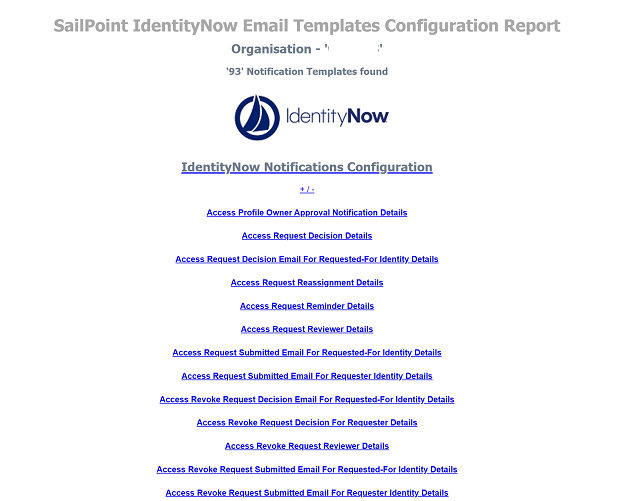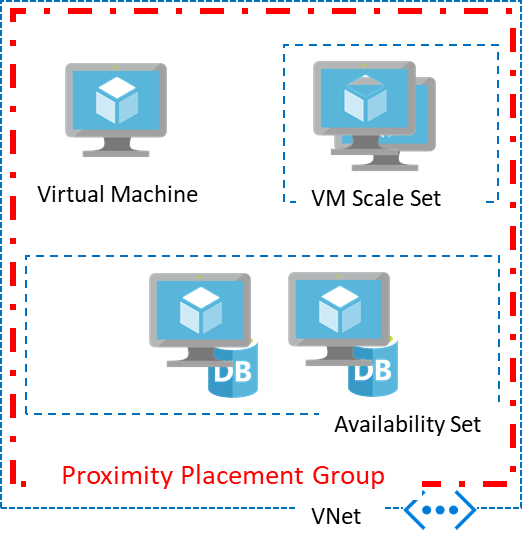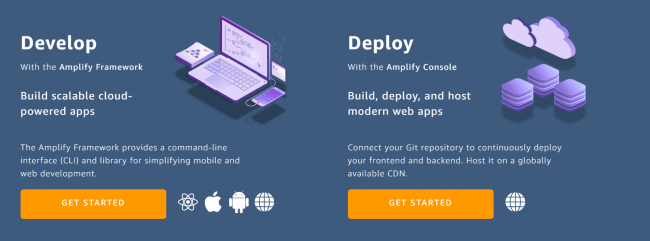
SailPoint IdentityNow Email Templates Configuration Report
SailPoint IdentityNow has numerous Email Templates associated with the solution. It is pertinent to have a backup of customisations to IdentityNow Email templates. I’ve previously documented examples for generating configuration reports and configuration backups for;
This post details exporting email templates configuration and generating an HTML IdentityNow Email Template Report.
The script (further below) leverages the SailPoint IdentityNow PowerShell Module to generate the HTML IdentityNow Email Template Report.… [Keep reading] “SailPoint IdentityNow Email Templates Configuration Report”



